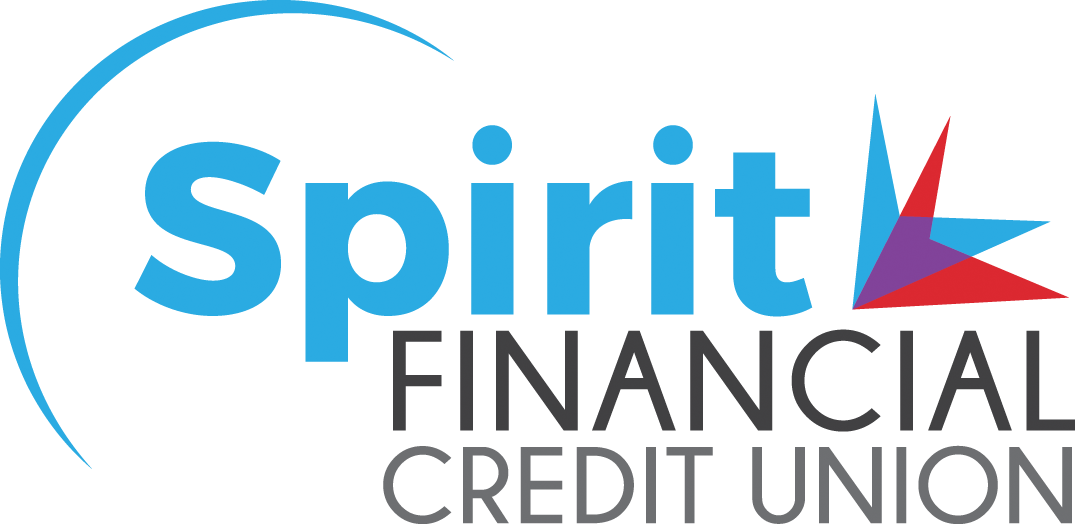Understanding HELOCs: A Comprehensive Guide
As a homeowner, you may have heard of home equity lines of credit (HELOCs) as a way to tap into your home's value to finance various expenses. However, understanding the ins and outs of HELOCs can be challenging. In this comprehensive guide, we'll cover the basics of HELOCs, including how they work, the application process, eligibility requirements, and repayment structure, to help you make informed decisions about whether a HELOC is right for your financial situation.
What is a HELOC?
A home equity line of credit, or HELOC, is a type of loan that allows homeowners to borrow money using their home's equity as collateral. A HELOC functions as a revolving line of credit, similar to a credit card, allowing you to draw funds as needed up to a predetermined credit limit. The credit limit is typically based on a percentage of your home's appraised value, minus the outstanding balance of your existing mortgage.
How to Qualify for a HELOC
To qualify for a HELOC, you'll generally need:
Sufficient home equity: Typically, lenders require homeowners to have at least 15-20% equity in their homes. This equity is the difference between your home's current value and the remaining balance of your mortgage.
A good credit score: Lenders typically prefer borrowers with good credit scores, usually 680 or higher. However, some lenders may offer HELOCs to borrowers with lower credit scores, often with higher interest rates or additional requirements.
A stable income: Lenders will evaluate your debt-to-income (DTI) ratio, which compares your monthly debt payments to your monthly income, to ensure you can afford the new loan payments. A DTI ratio of 43% or lower is generally preferred, but not always nessecary.
A positive payment history: Lenders want to see a consistent record of on-time payments on your existing debts, including your mortgage, credit cards, and other loans.
The Application Process
Applying for a HELOC typically involves the following steps:
Research lenders: Compare interest rates, fees, and terms from multiple lenders to find the best fit for your needs. Start with Spirit Financial Credit Union!
Gather documentation: Collect necessary documents, such as pay stubs, tax returns, bank statements, and information about your existing debts.
Submit the application: Complete the lender's application form, providing the required financial and personal information.
Property appraisal: The lender may order a home appraisal to determine your property's value and the available equity.
Approval and closing: If your application is approved, the lender will provide a loan agreement outlining the terms and conditions. After signing the agreement, the HELOC will be established, and you can begin accessing the funds.
Repayment Structure
A HELOC's repayment process consists of two phases: the draw period and the repayment period.
Draw period: The draw period typically lasts 5 to 10 years, during which you can access the funds and make payments on the outstanding balance. During this time, the interest rate is generally variable, meaning it can change based on market conditions.
Repayment period: After the draw period ends, the repayment period begins, usually lasting 10 to 20 years. During this phase, you must repay the outstanding balance. The interest rate may remain variable or be converted to a fixed rate, depending on your loan agreement.
Conclusion
A HELOC can be a flexible financial tool for homeowners with sufficient equity in their homes, offering access to funds for various expenses as needed. However, it's essential to understand the qualification requirements, application process, and repayment structure before deciding if a HELOC is the right choice for you. Click here to learn more about HELOCs at Spirit Financial Credit Union.



